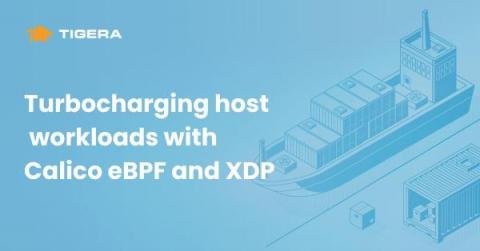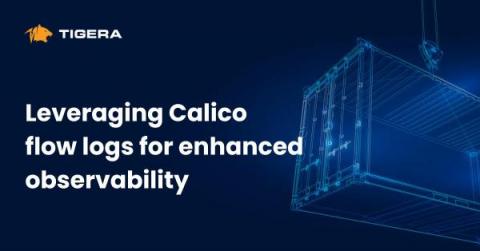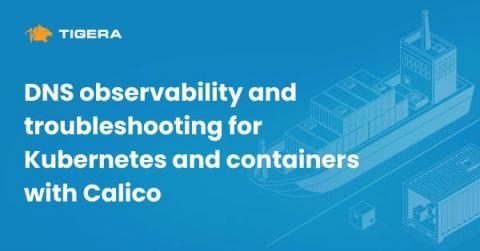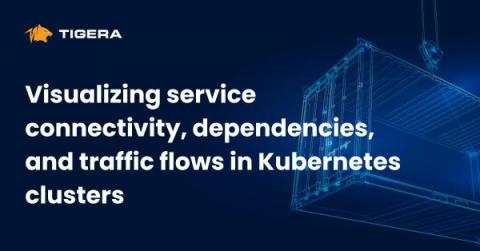Turbocharging host workloads with Calico eBPF and XDP
In Linux, network-based applications rely on the kernel’s networking stack to establish communication with other systems. While this process is generally efficient and has been optimized over the years, in some cases it can create unnecessary overhead that can impact the overall performance of the system for network-intensive workloads such as web servers and databases.











